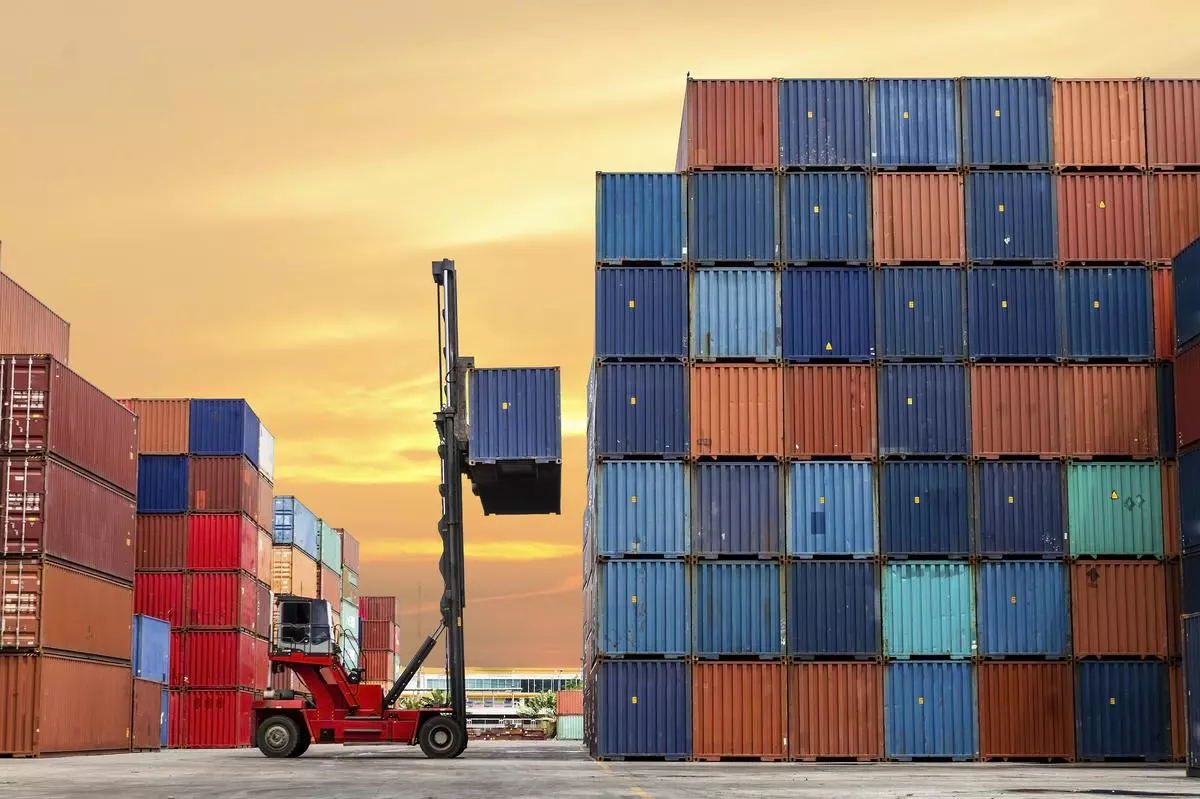The revision of India’s Foreign Trade Policy, which has been stagnant since 2015 and has been overdue for three years, could be announced by the end of this month.

What exactly is Foreign Trade Policy?
- The Foreign Trade Policy (FTP) of India is a set of guidelines for the import and export of goods and services.
- These are developed by the Directorate General of Foreign Trade (DGFT), the Ministry of Commerce and Industry’s regulating body for export and import promotion and facilitation.
- The Foreign Trade Development and Regulation Act of 1992 makes FTPs enforceable.
What is the Foreign Trade Policy of India?
- The Foreign Trade Policy (2015-20) was launched on April 1, 2015, in line with the ‘Make in India,’ ‘Digital India,’ ‘Skill India,’ ‘Startup India,’ and ‘Ease of Doing Business initiatives.
- It establishes a framework for increasing goods and services exports, job creation, and value addition in the country.
- The FTP statement describes the market and product strategy, as well as the steps required to promote trade, expand infrastructure, and improve the overall trade ecosystem.
- It aims to assist India in responding to external problems while remaining current with rapidly changing international trading infrastructure, and to make trade a major contributor to the country’s economic growth and development.
Problems with FTP (2015-2020)
- In response to Washington’s protest, a WTO dispute settlement panel ruled in 2019 that India’s export subsidies violate WTO rules and must be repealed.
- Among them were tax breaks under the popular Merchandise Exports from India Scheme (MEIS) (now renamed RODTEP Scheme) and Service Exports from India Scheme (SEIS) programmes.
- The panel determined that because India’s per capita GDP exceeds $1,000 per year, subsidies based on export performance may no longer be granted.
Why is there such a lag in Foreign Trade Policy?
- Geopolitical uncertainty: According to Union Commerce Minister, the geopolitical situation is unsuitable for long-term foreign trade policy.
- Fears of a global recession have heightened investor panic in major economies such as the United States and Europe.
- Drop in USD inflows: Foreign investors have begun to withdraw funds from equities.
- Rupee depreciation: The US dollar is at a 22-year high, while the Indian rupee has dropped to an all-time low of $81.6.
- Huge trade deficit: From April to August 2022, the trade deficit more than doubled to $125.22 billion, up from $53.78 billion in the same period last year.
Source: https://www.thehindubusinessline.com/economy/centre-working-on-implementing-new-foreign-trade-policy-from-april-1/article66467750.ece
